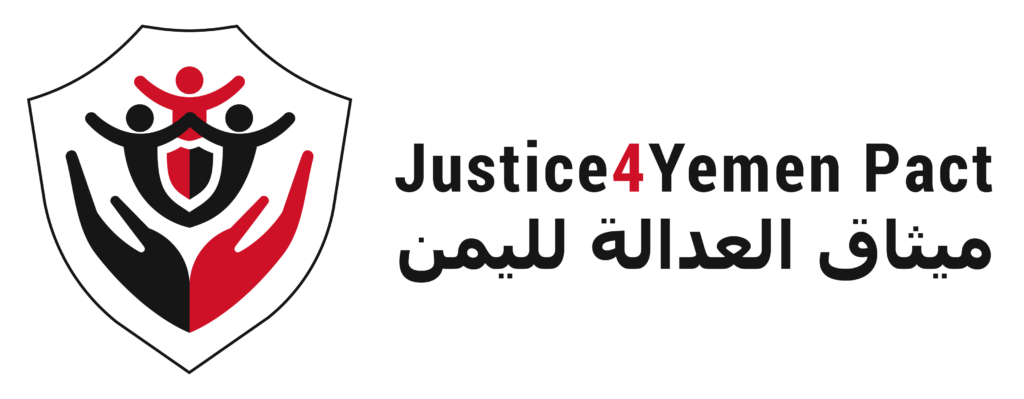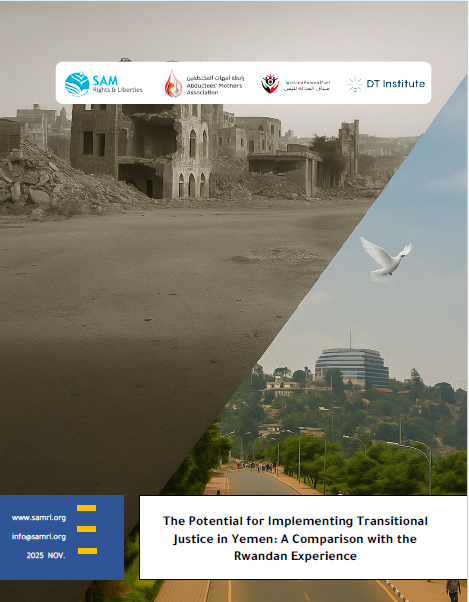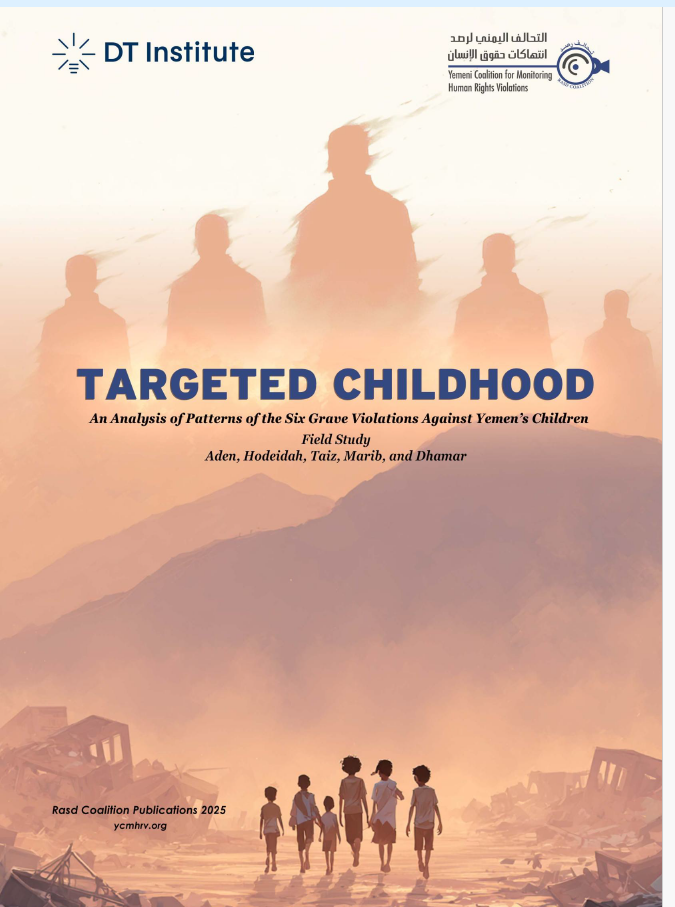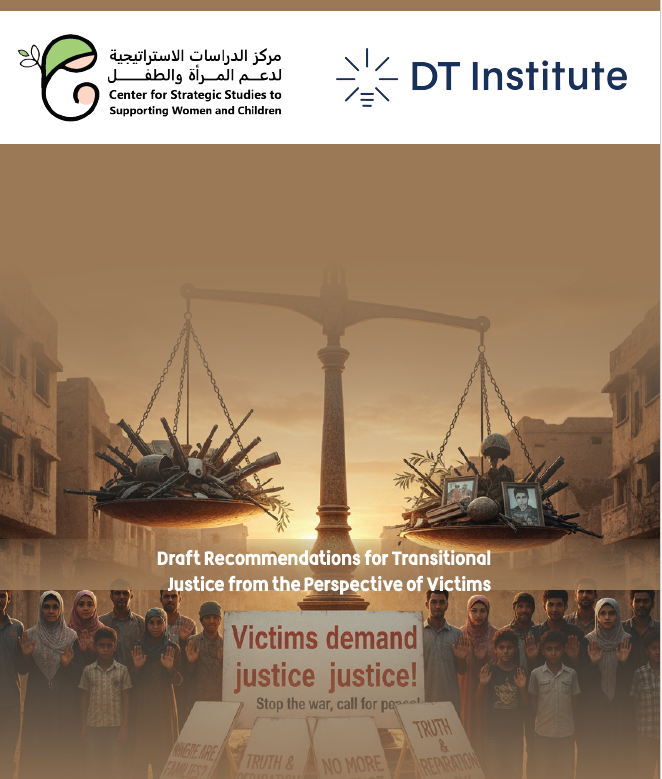Since the outbreak of the Yemeni conflict in 2014, the Houthi (Ansar Allah) forces have maintained a steady practice exploiting the children of Yemen as child soldiers.1 In recent years, as the war has breached international waters and the devastation has earned Yemen the title of one of the world’s worst humanitarian crises, the Houthi recruitment and indoctrination machine appears to have increased its targeting methods, boosted by media manipulation and disinformation.
Houthi Child Recruitment and Indoctrination
The Houthi forces rely on a wide range of tactics in recruiting children, chief among these are their “summer camps” – indoctrination programs wherein children are programmed to revere violence, the Houthis, and hatred for the enemy. These camps, which operate in areas of Houthi control, are boosted by broad spheres of public influence and domination, strengthened by the Houthis’ continuous disinformation campaigns. In enlisting children for these camps, the Houthis further employ varying levels of coercion, harassment, and threats. These methods ranged from threatening the children’s right to education – by withholding their school exam results and next year’s schoolbooks – to threatening the lives and livelihoods of the children and their families – by withholding humanitarian aid and abducting and detaining children.2
Underpinned by a culture of violence, hatred, and the glorification of war and “defending the homeland,” these camps employ a multi-pronged system of indoctrination against the children. Within the camps, children, as young as seven, are encouraged to use Qhat and shammah (stimulant drugs) and take an oath of allegiance to Houthi leadership. With their inhibitions lowered, children are further conditioned through the recitation of Houthi slogans and propaganda, including the “scream,” a Houthi outcry of the group’s fundamental beliefs and objectives – “God is the greatest, death to America, death to Israel, a curse upon the Jews, victory to Islam.” Manipulation of the Qur’an is also used, as children are taught to interpret the religious text according to the group’s ideologies, linking it to their military victories and ideologies of American and Israeli hatred.
Over the past years, the Houthis have made significant efforts to convince children – and its followers generally – that they are engaged in an existential battle against the U.S. and Israel. Amongst the recent escalation and attacks exchanged between the Houthis, the United States, and Israel, the Houthis are emboldened, boosting their previous sentiments as becoming reality via their “direct confrontation with the United States.” While the Houthis defense of Gaza has strengthened their popular support globally, the reality on the ground is different, demonstrating growing alienation among society.
The Evolution of Houthi Indoctrination Tactics, Reach, and Curriculum in 2025
This year, the Houthis have unveiled a particularly menacing curriculum, involving a heavy focus on military maneuvers and situations involving extreme violence and grave violations against children. These include military lectures on storming and besieging cities, tactics for hiding and taking refuge amongst civilians during armed confrontations, and the usage of heavy weapons, including ballistic missiles and drones. Children are also being forced to conduct paramilitary exercises, marching for kilometers with live ammunition and operating medium-grade weapons.
Moreover, there has been a noticeable increase in the number of summer camp centers being developed, their reach (even taking place in remote villages), and the number of children participating in these camps in Sana’a and Hajjah. The directorates of Shibam Kawkaban and Milhan hold the most child recruits. Conversely, YCMHRV has also documented an approximate 35% decrease in the number of children participating in camps in Al-Mahwit.3 This is due to parents’ growing fears of American warplanes hitting the camp centers and their disillusionment with Houthi sentiments and propaganda.
Child Recruitment: A Grave Violation Leading to Further Grave Violations
As one of the six recognized grave violations4 committed against children, child recruitment, if survived, bears serious implications on children’s physical and emotional well-being. As stated by the Save the Children, child recruitment is often the tragic end of childhood, as children compromise their future missing years of formative education and forging connections with their families and communities.5 Child recruitment also clearly and observably increases a child’s risk of exposure to killing and maiming, another grave violation committed against children.
In the Houthis’ case, the linkages between the grave violation of child recruitment and the other grave violations, including killing and maiming, abduction, and denial of humanitarian access, are well-documented. As reported by the SAM Organization for Rights and Liberties (another Yemen program partner) and Euro-Mediterranean Human Rights Monitor (Euro-Med HRM), over two months in 2020, 111 Houthi child soldiers were killed in battle.6 This year, YCMHRV has documented eight cases of child recruitment thus far. Of these, almost half of these children were killed or injured during fighting, including Ghamdan Yahya Al-Ahwas. At 14 years old, Ghamdan was trained for 18 days, told he would be fighting to defend the people of Gaza, and sent to the frontlines in Hajjah, Yemen. This resulted in his immediate and certain death. His family was not afforded the opportunity to see his body, invited only to his closed casket Houthi funeral.
Children whose families refuse to send them off are not exempt from Houthi violence and exposure grave violations. As described previously, these children are also often exposed to the grave violations of abduction and denial of humanitarian access. In some cases, as documented by the U.S. Department of State’s 2024 Trafficking in Persons Report on Yemen, these abducted and detained children were also subjected to various forms of abuse, including the grave violation of sexual violence.7In other cases, as documented by SAM and Euro-Med HRM, children who refused were abducted and forced into recruitment.





